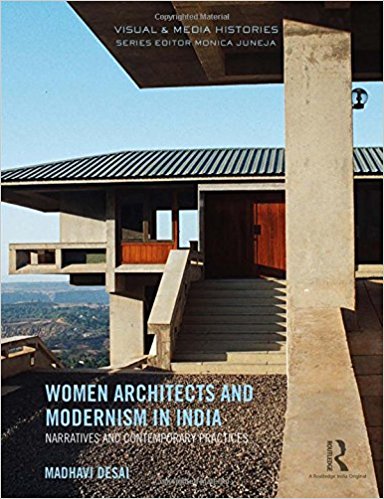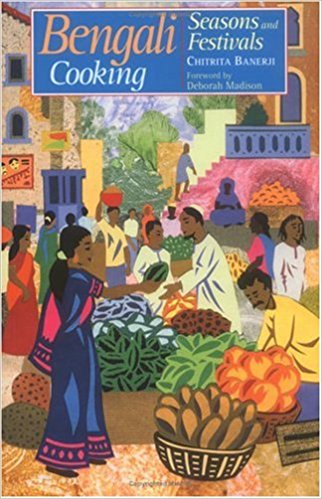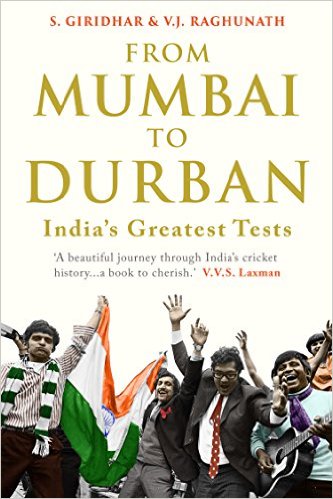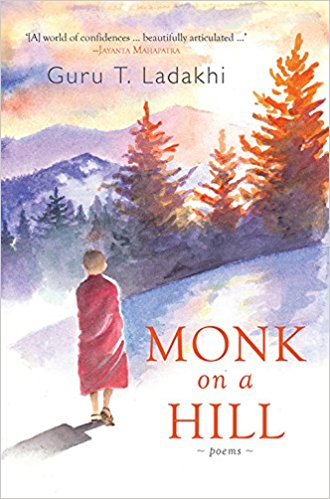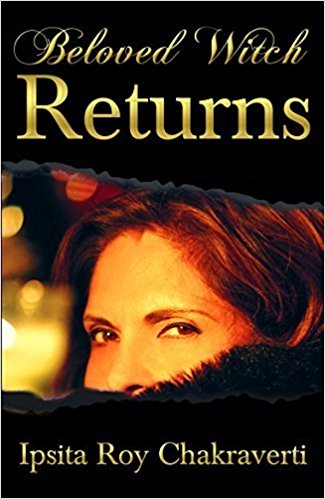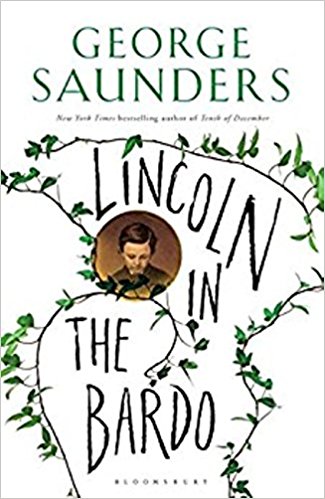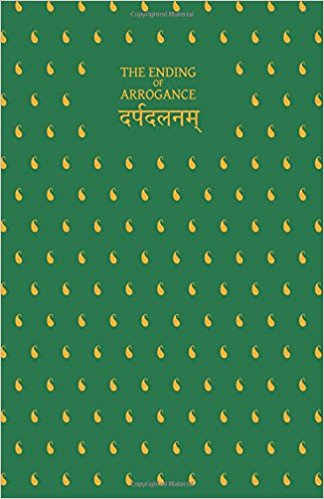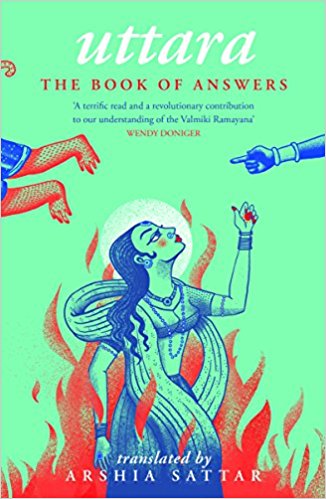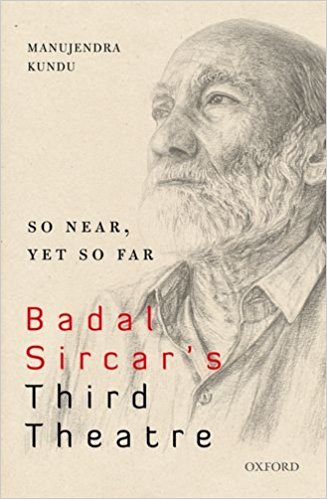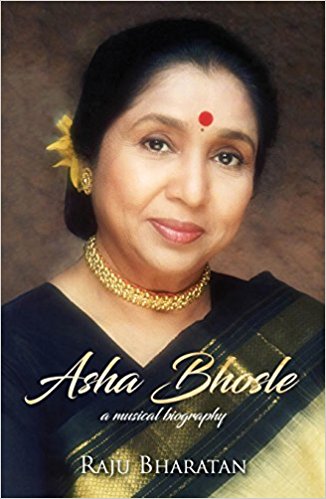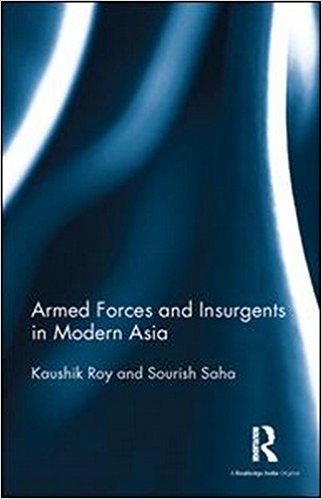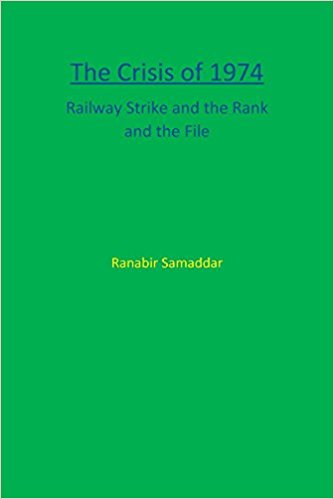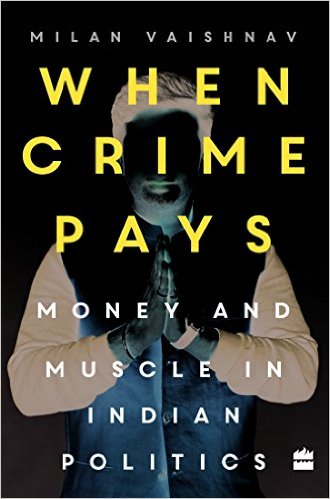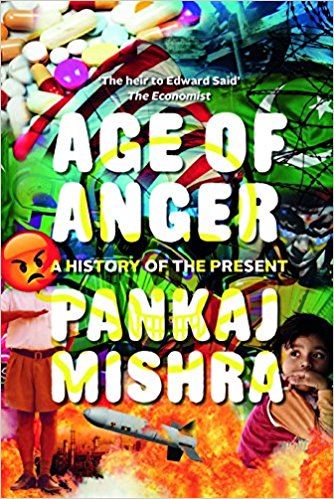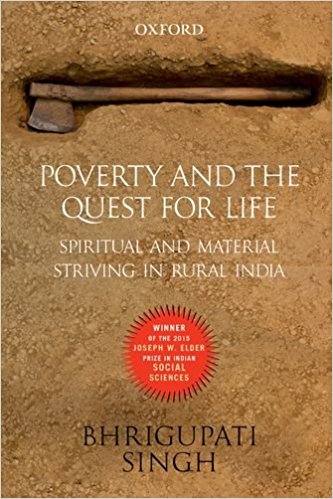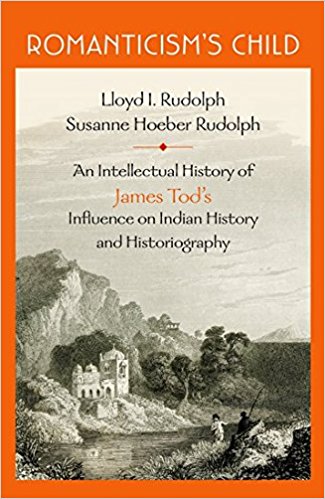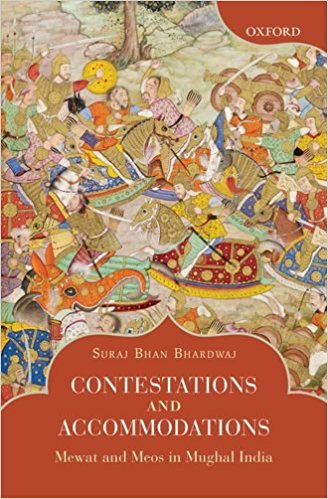Women Architects and Modernism in India by Routledge India is perhaps to date the most comprehensive compilation of notable female architects of the 20th century in India. Madhavi Desai is an experienced writer on contemporary Indian architecture, and herself a woman architect of note in the country.
Archives
June 2017 . VOLUME 41, NUMBER 6Bengali Cooking: Seasons and Festivals is a reprint of Chitrita Banerji’s original work, Life and Food in Bengal, published in 1991, abridged and republished with the current title in 1997. Given that the book was written and published decades before food writing became en vogue in India, it was clearly way ahead of its times. It is only fitting that this gem of a book be resurrected for current and future generations of readers and food enthusiasts.
Books on cricket generally fall into one of two categories: those that focus on the field of play and those that set the sport in its wider social and political context.
Murray Laurence’s Subcontinental Drift begins with wide-eyed observations on his first journeys in India as a callow backpacker in the 1970s, enthralled and baffled by the incomprehensibility of the country and its people. Forty years later, in the twenty-first century, he is still trying to make sense of the sub-continent’s diverse histories and cultures, but in a more pensive and introspective mood.
2017
Mad Ireland hurt you into poetry’, wrote W.H. Auden in memorial for W.B. Yeats. The sentence herds the reader straight into the heart of the matter. It implies that there is a relationship between the poet, or rather poetry, and the social order that condition all literature. In Auden’s overall view, however, this does not amount to much: ‘For Poetry makes nothing happen.’
Ipsita Roy Chakraverti (b. 1950) created a sensation when she declared that she was a witch in 1986. She started administering Wiccan ways of healing to the people. She went to the aid of women in rural Bengal, where it was (and still is) common for a poor widow to be labelled a witch. ‘If I had come from a different rung of society, or was illiterate, the reaction wouldn’t be the same,’ she observes, and uses her position to help others.
What is the place of grief in the pursuit of greatness? George Saunders explores this theme in his new book Lincoln in the Bardo. The year in the book is 1862 and the American Civil War is a year old and no one knows yet what changes it will bring. President Lincoln and his wife Mary are organizing an annual reception, an event which would later be variously described in the memoirs and diaries of their contemporaries.
Ksemendra was a classical Sanskrit poet who flourished in the reign of Ananta ( 1028–63 CE) and his son Kalasa. He belonged to Kashmir, home to such great poets like Anandavardhana and Abhinavagupta.
In a general, widespread opinion, the Rama story is old and ageless and its narration in Valmiki’s adi-kavya both original and authoritative.
Sometimes in the mid-1980s, the India Trade Promotion Organization (ITPO) had organized a street theatre festival at Pragati Maidan. I was an undergraduate those days, perennially short of money, and Pragati Maidan was a haven. One could watch world cinema for almost nothing at Shakuntalam Theatre, and, for a few years in the 1980s, ITPO invited leading theatre companies and directors to perform in one of its exhibition halls, refashioned into a theatre hall called Manzar.
This book, on one of the most formidable musical talents of this century, shatters one’s reverie. Those of us who live, breathe, and draw our sustenance from Hindi film music (HFM), would prefer to be enveloped by its versatility, complexity and the sheer richness of its musical variety, and not have to think about the behind-the-scenes machinations, the power play, personal rivalries, technological changes…
The two books under review showcase the legacy of two music families in different ways. Quraishi’s book is rich in illustrations—it has drawn on the photo albums of the Dagar clan. Raghavendra Joshi’s book has some family photographs as well, but the text is central—a tribute to Bhimsen Joshi by his eldest son, it is a story of family hurt and neglect.
The book is a product of collaboration between an unlikely duo: a history professor at Jadavpur University and a bio-statistical consultant for pharmaceutical companies based in the US. It began in a conversation over coffee at Kolkata’s Park Street in which the two discussed governance, poverty and armed rebellions in India, with the discussion expanding to include comparisons and contrasts with the experience of insurgency and counter-insurgency across the globe.
May, 1974 in India was a time of fervent activity and excitement. The air was rife with talk of an impending All India General ‘Railway Strike’. The strike was due to start on 8th May, 1974 and both the state and the railway unions braced for the event. The railway unions sought to organize themselves under an umbrella organization called the National Committee for Railwaymen’s Struggle (NCCRS).
At a time when Bahubali of a cinematic kind has become the buzz word in India, there is another timely intervention on the topic of Bahubali, but of a political kind. Milan Vaishnav’s new book titled When Crime Pays: Money and Muscle in Indian Politics, claims to be the first comprehensive study of the nexus between crime and democracy in India.
Pankaj Mishra’s work includes literary and non-fiction texts and essays that traverse a broad canvas, which could not possibly fit into a single, simple sentence: the present book fits into that description well. Age of Anger weaves across centuries and continents, thinkers and public figures, in an ambitious attempt to outline a genealogy of the present across seven chapters and in about four hundred pages.
Poverty and the Quest for Life: Spiritual and Material Striving in Rural India (2015), by Bhrigupati Singh first and foremost bears the proof of a successful ethnography. Besides detailed ethnographic data and archival material, it is his constant reflection on himself and his experiences that I have found as one of the most impressive and interesting aspects of the book.
Colone James Tod was unique in being one of the intellectual fathers of both, a benevolent Orientalism, and a romantic, militarized, Indian nationalism, especially the variety clothed in Rajput valour and pride that continues to inspire people across caste, religion and region.
Centestations and Accommodations is a discussion on the social, economic and political history of the Mewat region of north India spanning the period thirteenth to the early eighteenth centuries.
This is an important historical publication rendered in an engaging narrative style that will entertain the reader. More importantly, it also brings into focus, true to its title, an aspect of a vital historical period otherwise unattended to in such detail.
Bhairabi Prasad Sahu’s book on society and culture in Post-Mauryan India is a companion volume to Volume 6 which deals with the political and economic history of the same period.
This is an important book at a significant time. It makes some incisive points on how the Anglophone world has refused to, and continues to ignore, the contributions of ‘far-reaching philosophical systems’ that arose outside the so-called western traditions.
The politics of Hindutva has created its hegemony in Indian politics in the recent past, particularly after the 2014 general election. Prime Minister Narendra Modi has emerged as a popular and strong leader, who has not only made his mark in the rural areas of different States (particularly North and West India) but also created a huge fan following in urban areas and within the Non-Resident Indian (NRI) communities in different countries.
The idea of ‘Warzone Tourism’ has a long past, going back some five hundred years earlier. Ladies from the royal/ruling/warring households and journalists have displayed a tendency to witness and watch live conflicts for fun and entertainment.
The opening episode of Sasanka Perera’s new book, Violence and the Burden of Memory; Remembrance and Erasure in Sinhala Consciousness is about his own memory of a school friend, Anura.

